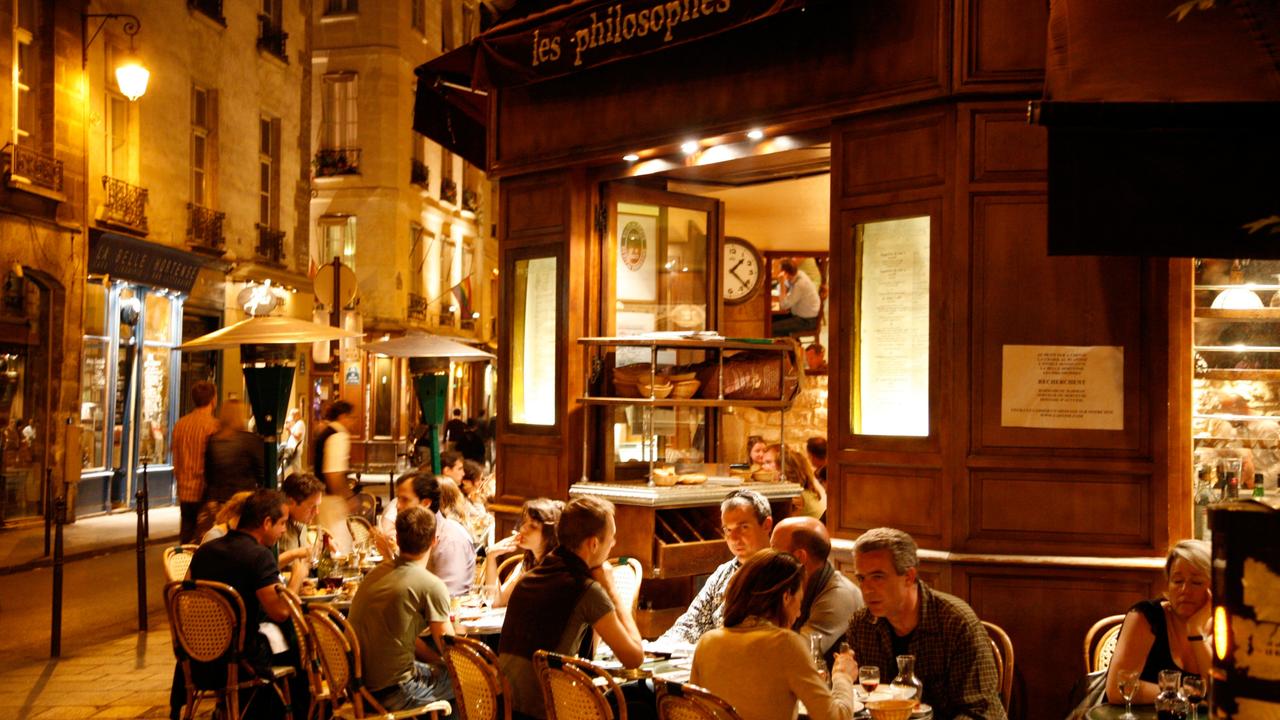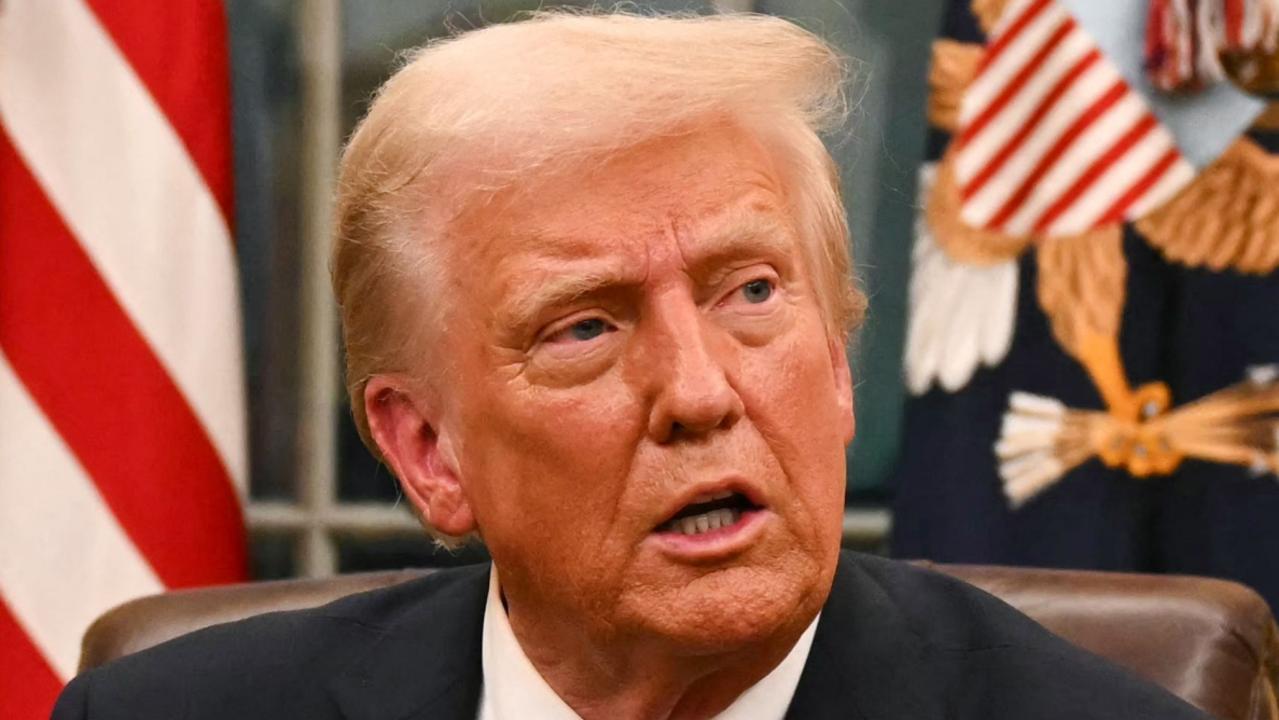Asia-Pacific cities dominate global travel rankings but Aussies swap Bali and Phuket for Paris
MORE than a million Aussies still head to the island getaway every year, but a retro destination has seen a massive surge in visitors.

AUSSIE travellers are ditching Bali for Paris.
Visitor numbers to the French capital increased 31 per cent last year compared with a 4.2 per cent decline in visitors to Bali, even though it remained the number one destination for Aussies with 1.595 million people heading to the island getaway.
Tokyo was the other city to see a double-digit increase in Aussie visitors last year of 11.7 per cent. According to the MasterCard Global Destination Cities Index, half of the world’s top travel cities last year were in the Asia-Pacific, with Bangkok taking out the top spot.
The index ranks cities based on visitor numbers, cross-border spending and growth forecasts. The Thai capital attracted 20.05 million visitors who stayed an average of 4.7 nights and spent $US173 a day. In the region, however, Singapore was the top city by dollar spend, with visitors spending $US286 per day.
“The 2018 index showed that the Asia Pacific region is really a booming tourist market, it has dominated the global index,” MasterCard Australia country manager Andrew Cartwright said.
“Chinese tourists are flocking to South-East Asian countries, in particular Thailand, Singapore and Malaysia. In addition, travel to Japan has been growing. Okinawa, Kyoto and Osaka are the fastest growing destination cities in the region over the last eight years.”
Aussie travellers spent $20.16 billion ($US14.25 billion) overseas in 2017, compared with $11.35 billion ($US8.02 billion) in 2009, an annual growth rate of 7.4 per cent.
The 162 cities on the list attracted a combined 14.8 million Australian visitors last year, compared with 8.7 million in 2009, a 6.9 per cent average annual increase.
On a country basis, the top three destinations for Australian visitors were the US, Indonesia and Thailand.

“The growth of Australians travelling overseas has continued to rise over the years with Indonesia going from 7 per cent of Australian travellers in 2009 to 11 per cent in 2017, and visitors to Bali specifically increasing by 13 per cent during this time,” Mr Cartwright said.
“As expected, we have seen growth in spending. Interestingly, we have seen the emergence of younger affluent individuals, who now predominantly make up the ‘heavy traveller’ group, meaning they take more than four trips annually.”
Surprisingly, Australians make up the second-biggest group of visitors to Bali, accounting for 19.2 per cent of arrivals, compared with 24.3 per cent from China.
Australian visitors to the Thai island of Phuket have declined from 17.3 per cent share in 2009 to just 6.1 per cent in 2017, although they still make up the third biggest cohort behind the Chinese and Russians.
In August, the boss of online travel booking site Webjet noted the decline in visitors to Bali, saying many were choosing to travel to Vietnam instead.
“People are not going to Bali as frequently as they used to,” John Guscic said. “There’s been the volcano and now the earthquake appears to have diminished (the number of trips) in the last 12 months.
“We’re seeing increased numbers going to Asia, in particular strong growth into Vietnam. We’re seeing Japan continue as it has (in previous years) to perform very strongly. Sri Lanka is an emerging destination and we are focusing some of our efforts on North Africa. Egypt’s coming back, Morocco, Tunisia, they’re all coming back (as terror fears ease).”
TOP DESTINATIONS FOR AUSSIES IN 2017
• Bali (1,595,000 visitors)
• Singapore (856,000 visitors)
• New York (693,000 visitors)
• Bangkok (627,000 visitors)
• London (625,000 visitors)
• Auckland (623,000 visitors)
• Paris (579,000 visitors)
• Phuket (565,000 visitors)
• Tokyo (441,000 visitors)
• Los Angeles (435,000 visitors)




